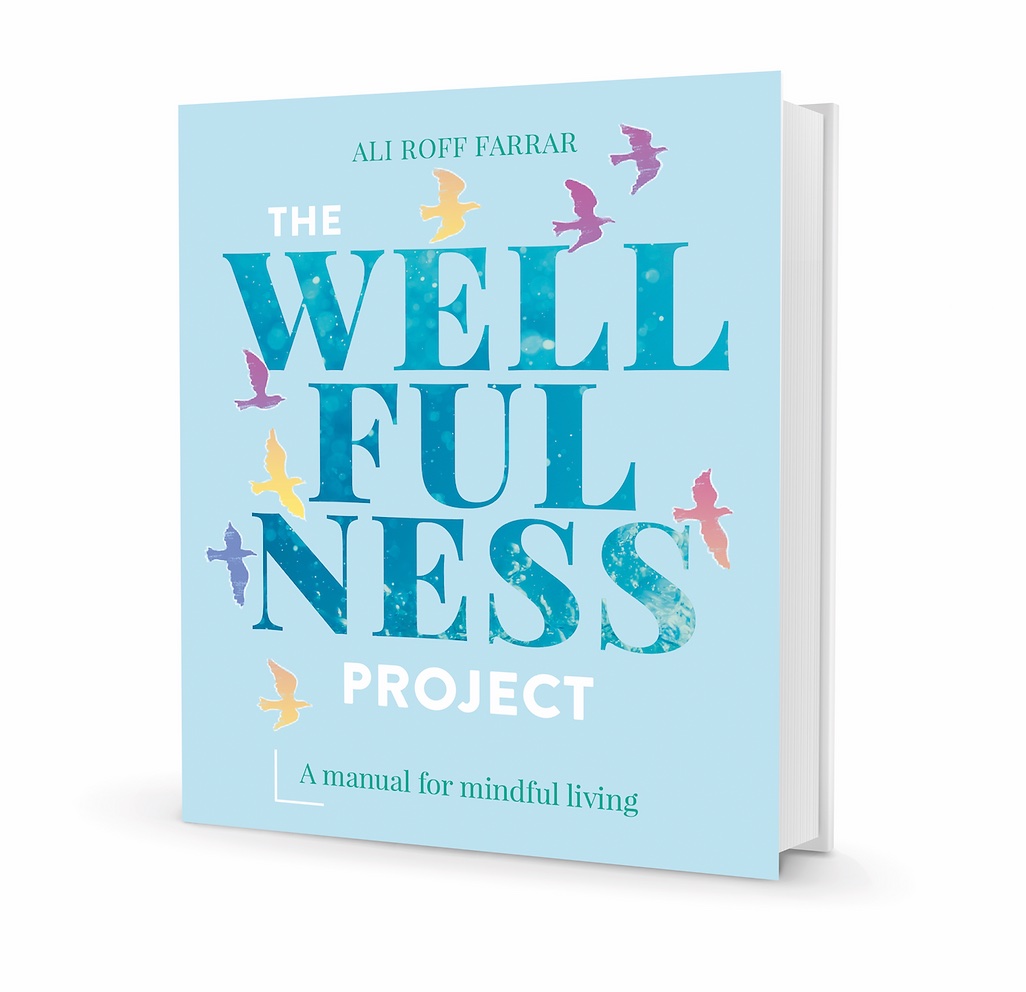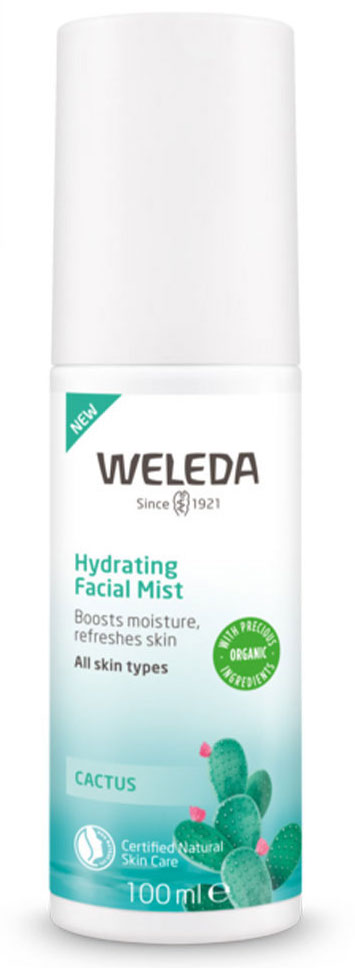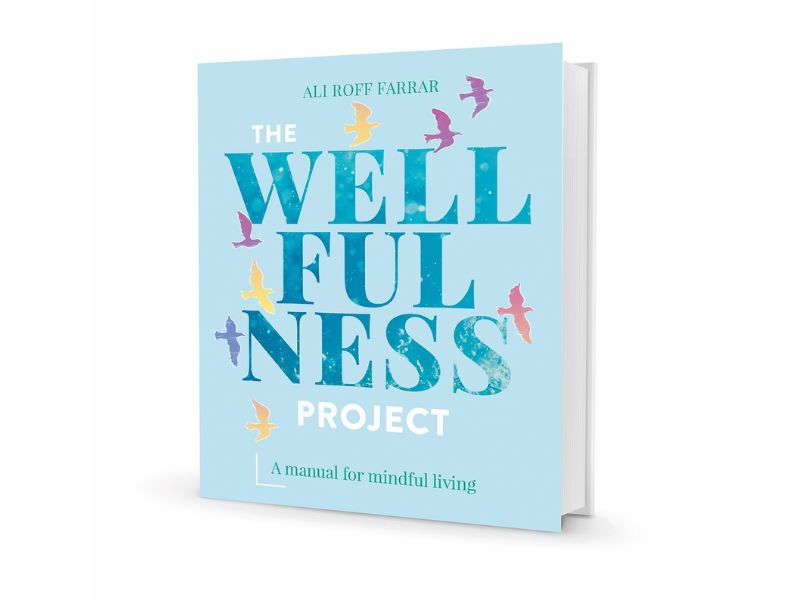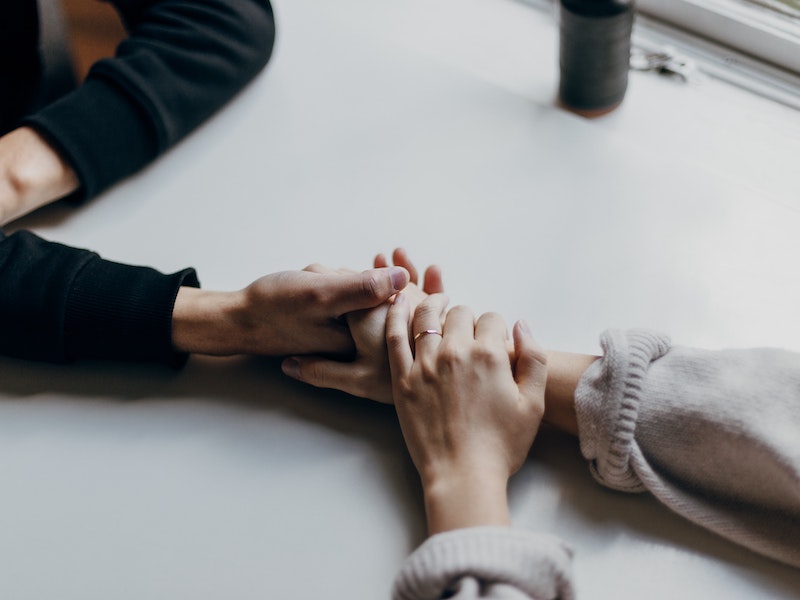How can we fit wellbeing into an already busy day? By attaching self-care rituals to our daily routines and making them habits, we can easily hack wellness into our everyday without adding to our to-do list.
-
Mindful teeth brushing
One of the first things we do every morning, is brush our teeth. It has to be done, and it’s already a deeply ingrained habit which  makes it easy to attach a wellbeing practise to. It’s also ‘dead’ time when it comes to work or being productive – a few blissful moments in which are solely dedicated to doing this one physical job. As I write in my book The Wellfulness Project (Aster, £16.99), when it comes to attaching rituals to routine, “Look at the things you have to do, but that aren’t particularly serving you in a holistic sense. Brushing your teeth, for example, serves your body in the sense that it keeps your mouth healthy, but I’m guessing it doesn’t do much for your heart or mind. If you’re anything like me, you’ll spend the time brushing your teeth thinking about how you didn’t get enough sleep or the things you have to do today. But what if you could turn this habitual, mindless routine, into a mindful, nourishing ritual. What might that look like for you? You could take this time to look in the mirror and remind yourself of an affirmation I like to work on – self-love. The specific ritual can change over time, but in essence, I like to take those minutes spent brushing my teeth to meditate and focus on my awareness, and try not to fill the time with anxieties over the past or worries about the future.”
makes it easy to attach a wellbeing practise to. It’s also ‘dead’ time when it comes to work or being productive – a few blissful moments in which are solely dedicated to doing this one physical job. As I write in my book The Wellfulness Project (Aster, £16.99), when it comes to attaching rituals to routine, “Look at the things you have to do, but that aren’t particularly serving you in a holistic sense. Brushing your teeth, for example, serves your body in the sense that it keeps your mouth healthy, but I’m guessing it doesn’t do much for your heart or mind. If you’re anything like me, you’ll spend the time brushing your teeth thinking about how you didn’t get enough sleep or the things you have to do today. But what if you could turn this habitual, mindless routine, into a mindful, nourishing ritual. What might that look like for you? You could take this time to look in the mirror and remind yourself of an affirmation I like to work on – self-love. The specific ritual can change over time, but in essence, I like to take those minutes spent brushing my teeth to meditate and focus on my awareness, and try not to fill the time with anxieties over the past or worries about the future.”
One easy wellbeing ritual to incorporate to this everyday habit, is a brief mindfulness session. Mindfulness is all about bringing your attention to the present moment, guiding it away from to-do lists and worries about the day ahead, or yesterday’s problems, and towards our experience of right here, right now. Hundreds of studies have found mindfulness practise can lower stress, anxiety, and depression, and even improve physical health such as lowering blood pressure and boosting immunity. Try checking in to all your senses every time you brush your teeth, for the entire time you brush them. Listen to the sound of the bristles against your teeth, taste and smell the minty toothpaste. Look at your teeth covered in foam in the mirror. And feel the foam and toothbrush in your mouth – what’s it like to rinse with water? What’s it like to run your tongue over your freshly brushed teeth? How does that feel? Be curious about every action. It might feel silly, or small, but mindfulness is a hugely powerful tool when it comes to our mental wellbeing.
-
Overflowing abundance
 Washing up; boring, but it has to be done. That’s why it is where I’ve created my favourite wellbeing ritual. It was inspired by a Japanese sake ritual, wherein the sake is poured into a glass until it spills over the top, overflowing. Tim Anderson explains it beautifully in his lovely Japanese cookery book Your Home Izakaya: Fun and Simple Recipes Inspired by the Drinking-and-Dining Dens of Japan (Hardie Grant Books, £25.99);
Washing up; boring, but it has to be done. That’s why it is where I’ve created my favourite wellbeing ritual. It was inspired by a Japanese sake ritual, wherein the sake is poured into a glass until it spills over the top, overflowing. Tim Anderson explains it beautifully in his lovely Japanese cookery book Your Home Izakaya: Fun and Simple Recipes Inspired by the Drinking-and-Dining Dens of Japan (Hardie Grant Books, £25.99);
“You can also use masu (a square wooden box, originally used to measure rice) of any material for one of my favourite sake rituals, the overflowing pour. This is where you set a tall, narrow glass inside a larger masu, then pour the sake into the glass until it overflows into the masu below. This is a symbol of abundant generosity and a lovely bit of theatre.”
To me, it is an act of gratitude, a way of acknowledging the abundance in my life, and also a ritual of intention – where my attention goes, energy flows! To incorporate this gentle act of gratitude into your day, try this little ritual as you fill your sink with warm water for the dishes. Simply hold an empty glass or bowl from your washing up pile over the sink as it fills with water, allowing the glass to fill up, and begin to overflow into the sink below. As it does so, bring to mind all the things you have in your life right now – a home, food in the fridge, a car on the drive maybe. Friends, family, a great career. List them off as the glass overflows, feeling that abundance, and when the sink is full, get back on with your task.
-
Kettle squats
No, I’m not talking kettle bells here! But I am talking squats – or any other stretch or physical exercise you prefer. Another little habit many of us have imbedded into our day is getting up to grab a drink – be it tea, coffee, or just hot water with lemon. What would happen if every time you got up to make a hot drink, you indulged in a physical stretch or exercise for the entire time the kettle boiled? Sitting down for long periods of time has been linked to health implications through reduced blood flow to our larger arteries and limbs, which in turn increases the risk of disease in the heart and blood vessels. However, a recent study found that leg exercises could reduce the adverse effects of a sedentary lifestyle on our bodies. Try squats, lunges, knee raises or marching on the spot for simple examples of movement which will increase blood flow to counteract the effects of sitting.
-
Hydration station
 For many of us, staring at a computer screen is a huge part of our day. As we focus in intently on our work, it can be easy to forget about our physical bodies and our minds, pushing ourselves to mini-burnouts during our day, from headaches after staring at the screen for too long and not drinking enough, to realising you’ve needed a toilet break for the past hour and a half. But your desk is the perfect place to create a ‘hydration station’ to keep both your skin and your brain hydrated. I place two things within my line of sight on my desk – a bottle of water to keep sipping on, and a hydrating skincare product, like a serum or a spray. I love Weleda’s Prickly Pear Cactus Hydration mist, which is oil free, non-sticky and quick absorbing. It immediately moisturises while also reducing the skins water loss, plus it smells amazing for a little boost of mindful self-care for the senses. Try and find a task you do regularly to attach a sip of water or a spritz of hydration spray to, such as after each email you send. You could also set a silent alarm for every half an hour to remind you to hydrate (and dehydrate with a bathroom break!).
For many of us, staring at a computer screen is a huge part of our day. As we focus in intently on our work, it can be easy to forget about our physical bodies and our minds, pushing ourselves to mini-burnouts during our day, from headaches after staring at the screen for too long and not drinking enough, to realising you’ve needed a toilet break for the past hour and a half. But your desk is the perfect place to create a ‘hydration station’ to keep both your skin and your brain hydrated. I place two things within my line of sight on my desk – a bottle of water to keep sipping on, and a hydrating skincare product, like a serum or a spray. I love Weleda’s Prickly Pear Cactus Hydration mist, which is oil free, non-sticky and quick absorbing. It immediately moisturises while also reducing the skins water loss, plus it smells amazing for a little boost of mindful self-care for the senses. Try and find a task you do regularly to attach a sip of water or a spritz of hydration spray to, such as after each email you send. You could also set a silent alarm for every half an hour to remind you to hydrate (and dehydrate with a bathroom break!).
-
Mental health shower check-in
Showering in the morning can be a wonderful place to think, and again, we usually do this at least once a day, every day, so it’s a perfect anchor for a wellbeing ritual. Try incorporating a mental health check-in every time you shower. As the water runs over your skin, ask yourself: “How am I today?”. It doesn’t matter what comes up – maybe you are tired/excited/happy/gloomy/anxious/flat/content… whatever is there try not to attach labels, ask ‘why?’ or explain to yourself how you are feeling. Instead, explore it more. How does this feeling feel in your body? Where do you feel it in your body? Then send yourself a little self-compassion and move along with your day. This small practice can help us improve acceptance in our lives which is an extremely useful tool for mental resilience. It can also help us to understand ourselves and our behaviours better, which is the foundation for making healthier changes in life.
 About the author
About the author
Ali Roff Farrar is a wellness writer, yoga teacher and mindfulness expert. She is passionate about combining the western sciences of psychology, neuroscience and coaching with the Eastern philosophies of meditation, mindfulness and yoga, to cultivate true wellness of body and mind. Her first book ‘The Wellfulness Project‘ (Aster, £16.99) was published in 2020.









